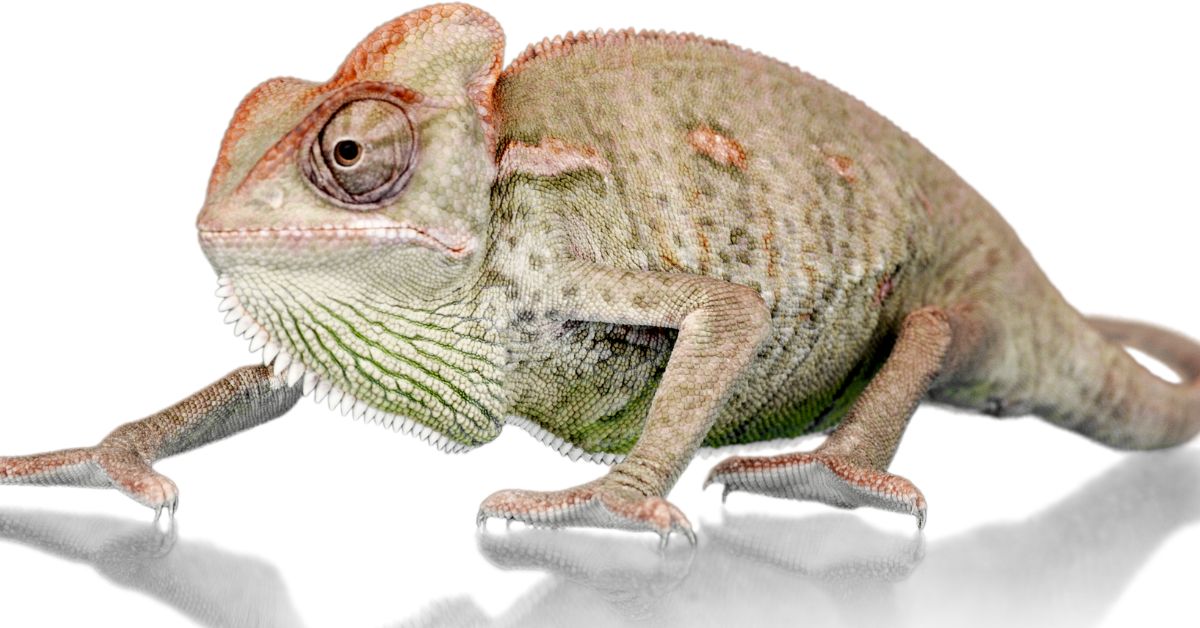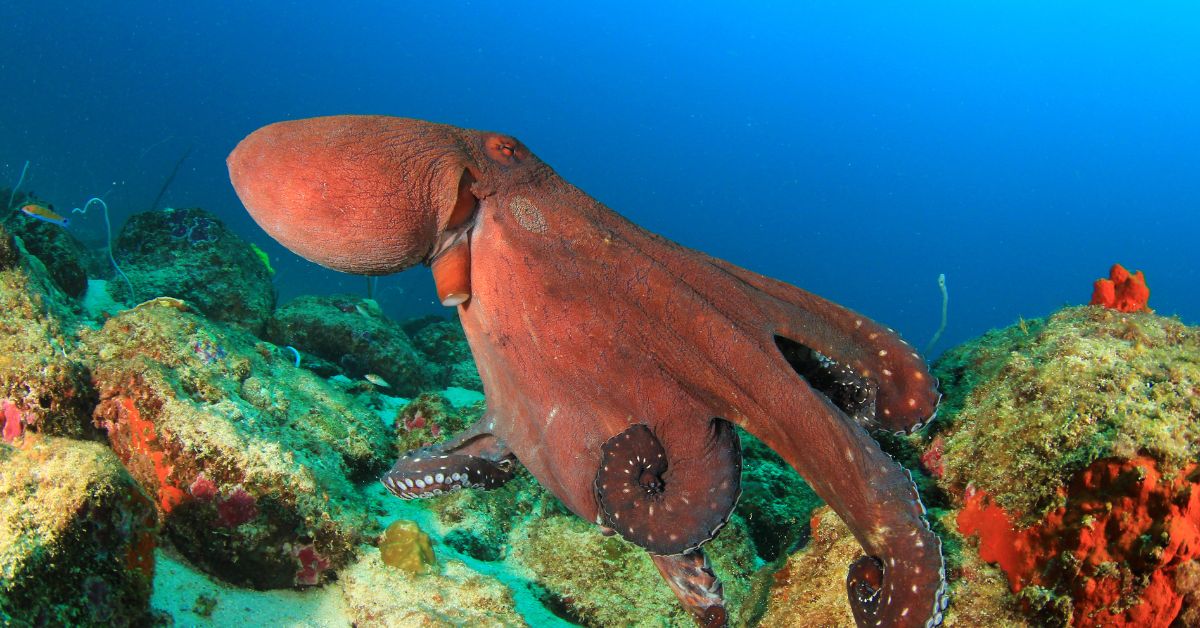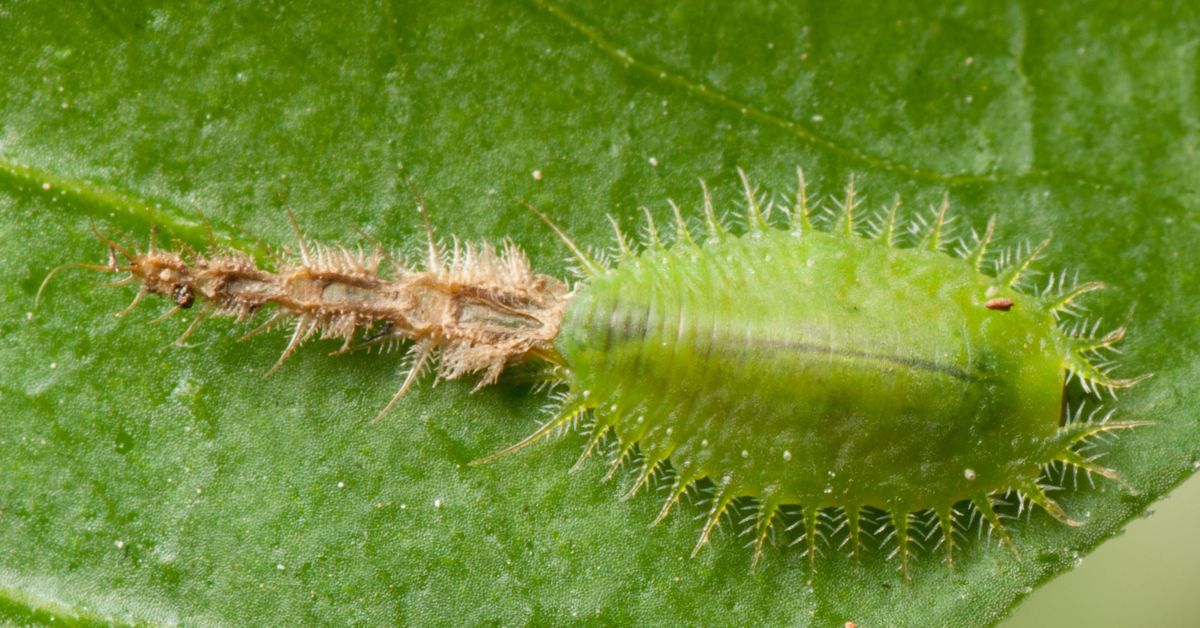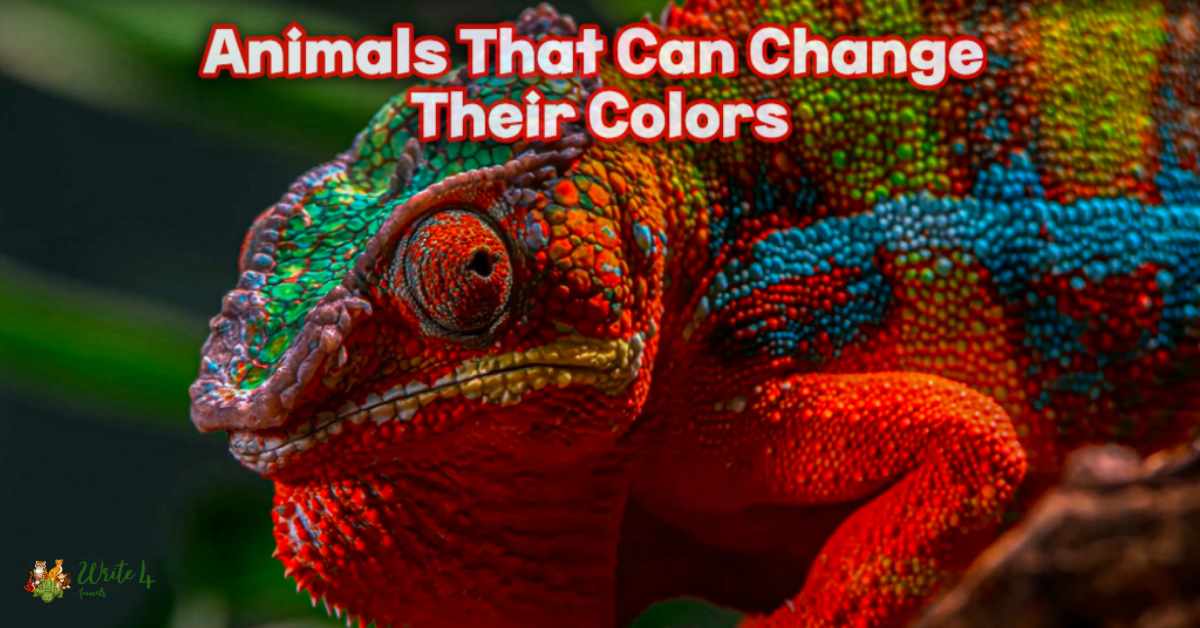The animal kingdom is filled with remarkable creatures that possess unique and fascinating abilities. Among these extraordinary beings are those that have the incredible capability to change their colors. The ability to alter their appearance provides them with a diverse range of advantages, from communication and camouflage to hunting strategies and survival in their environments.
One of the most well-known color-changing animals is the chameleon, which can instantly shift its hue to express emotions or blend seamlessly with its surroundings. Similarly, the cuttlefish, a master of disguise in marine waters, can swiftly change its color and texture to mimic various patterns, offering both defensive and predatory advantages.In this blog post we will explore 10 animals that can change their colors.
10 Extraordinary Animals That Can Change Their Colors
1. Chameleon
Chameleons are unique lizards known for their remarkable ability to change colors. They belong to the family Chamaeleonidae and are primarily found in Africa, Madagascar, southern Europe, and some parts of Asia.
Their color-changing capability is achieved through specialized skin cells called chromatophores, which contain pigments that expand or contract in response to the chameleon’s mood, temperature, and surroundings.

The primary reasons chameleons change color include communication, thermoregulation, and camouflage. When calm and content, they often display green or brown shades to blend in with vegetation. However, when threatened or agitated, they may exhibit bright and contrasting colors, signaling their mood to other chameleons or potential threats.
2. Cuttlefish
Cuttlefish are cephalopods related to squids and octopuses, and they are masters of disguise in marine environments. They have an astonishing ability to change both their color and texture rapidly, which is achieved through specialized skin cells called chromatophores, iridophores, and leucophores. These cells allow them to produce a wide array of colors and patterns.

Cuttlefish use their color-changing talent for various purposes, including communication, camouflage, and hunting strategies. By mimicking the colors and patterns of their surroundings, they can remain undetected by predators and approach prey stealthily. Additionally, during courtship displays, males can create striking and intricate patterns to attract potential mates.
3. Mimic Octopus
The mimic octopus, scientifically known as Thaumoctopus mimicus, is a fascinating creature found in the waters of Southeast Asia. As the name suggests, it is a master of deception and mimicry.
This octopus can imitate the appearance and behavior of other marine species, such as venomous snakes, lionfish, and sea anemones, to deter predators or deceive prey.

The mimic octopus achieves this remarkable feat by changing its skin color, texture, and posture. By skillfully copying the characteristics of its potential predators or prey, it increases its chances of survival. Its ability to mimic multiple species makes it one of the most extraordinary and adaptable animals in the ocean.
4. Golden Tortoise Beetle
The Golden Tortoise Beetle, or Charidotella sexpunctata, is a small beetle found in North and Central America. It stands out for its stunning metallic golden color, which is not the result of pigments, but structural coloration.
The beetle’s exoskeleton has a unique arrangement of layers that interact with light to create the golden appearance.

Surprisingly, the beetle can change its color when threatened or disturbed. It turns from golden to reddish-brown, potentially as a warning signal to predators. This color change is caused by the redistribution of fluid between its exoskeleton layers, altering the way light is reflected.
5. Peacock Flounder
The Peacock Flounder, scientifically known as Bothus lunatus, is a flatfish found in the warm coastal waters of the Atlantic and the Caribbean. One of its most captivating features is its ability to change both color and texture to match its environment.

The Peacock Flounder uses its color-changing ability for camouflage, blending in with the sandy ocean floor or other substrates. By adjusting its skin pigmentation and texture, it becomes nearly invisible to predators and unsuspecting prey.
This skill makes it a highly successful ambush predator, waiting patiently for prey to come close before striking with lightning speed.
6. Manta Ray
Manta rays are majestic and graceful marine creatures belonging to the family Mobulidae. They are large filter-feeding rays found in tropical and subtropical waters around the world.
Unlike some of the other animals on this list, manta rays’ color-changing ability is not as extensive. However, they can adjust the color of specific patches on their backs, although the exact purpose of this color change is not entirely understood.

Manta rays are predominantly dark on top and white underneath, a coloration pattern known as countershading, which helps them blend into their environment when viewed from above or below. The dark upper surface provides camouflage against the ocean depths, while the lighter belly helps them blend in when seen from below against the bright surface light.
7. Giant Pacific Octopus
The giant Pacific octopus, or Enteroctopus dofleini, is one of the largest and most intelligent octopus species. These cephalopods have the ability to change both color and texture rapidly, thanks to specialized skin cells called chromatophores.
They use their color-changing capability for various purposes, including communication, hunting, and courtship displays.

When communicating, giant Pacific octopuses can change the color and pattern of their skin to convey emotions or territorial messages to others. During hunting, they can use their camouflage skills to blend into their surroundings and ambush prey effectively.
Furthermore, during courtship displays, males can create vibrant and elaborate patterns to attract potential mates and establish dominance.
8. Anemone Shrimp
Anemone shrimp, also known as glass or ghost shrimp, are small crustaceans that have a fascinating symbiotic relationship with sea anemones. These shrimp change their body color to match the color of the anemone they inhabit.
By doing so, they gain protection from potential predators, as they remain hidden and inconspicuous among the anemone’s stinging tentacles.

This color-changing adaptation allows the anemone shrimp to move freely within the anemone’s reach without triggering a defensive response from the anemone itself. The partnership between these creatures is an excellent example of mutualism, where both the shrimp and the anemone benefit from their association.
9. Moorish Idol
The Moorish idol, or Zanclus cornutus, is a stunning and distinctively shaped reef fish found in the Indian and Pacific Oceans. Its body features a striking coloration of black, white, and yellow, which adds to its beauty. Interestingly, the coloration of the Moorish idol changes as it matures.

Younger individuals tend to have a more vibrant yellow color, which fades to white as they grow older. Additionally, adult Moorish idols develop the characteristic long, white “nose” or rostrum, adding to their unique appearance.
This fish’s color-changing ability, while not as complex as some other animals on this list, plays a role in its communication, mating behavior, and overall appearance in the vibrant coral reef ecosystem.
10. Goldenrod Crab Spider
The Goldenrod Crab Spider, scientifically known as Misumena vatia, is a small arachnid found in North America and Europe. Unlike other spiders that weave webs to catch prey, these spiders are sit-and-wait predators. They often inhabit flowers and use their color-changing ability for ambush hunting.

When the Goldenrod Crab Spider sits on a flower, it can change its body color between white and yellow to match the flower’s color. This adaptation allows it to remain inconspicuous, making it almost invisible to potential prey like insects and pollinators.
When an unsuspecting victim approaches the flower, the spider swiftly strikes and captures its prey. This color-changing strategy helps ensure the spider’s success as an ambush predator in the floral environment.
Video Credit – ViralBe
Frequently Asked Questions
[sc_fs_multi_faq headline-0=”h4″ question-0=”Why do chameleons change their colors?” answer-0=”Chameleons change their colors for various reasons, including communication, thermoregulation, and camouflage. They have specialized skin cells called chromatophores that contain pigments. By expanding or contracting these cells, chameleons can display different colors to express emotions, communicate with other chameleons, and blend into their surroundings for protection.” image-0=”” headline-1=”h4″ question-1=” How do cuttlefish change their color and texture?” answer-1=”Cuttlefish can change their color and texture rapidly due to three types of specialized skin cells: chromatophores, iridophores, and leucophores. Chromatophores contain pigments that expand or contract, changing the color. Iridophores reflect light, creating iridescent effects, and leucophores produce white color. By controlling these cells, cuttlefish can mimic various patterns and colors for communication, camouflage, and hunting strategies.” image-1=”” headline-2=”h4″ question-2=”How does the mimic octopus mimic other species?” answer-2=”The mimic octopus has a unique ability to change its skin color, pattern, and body posture to mimic other marine species. By altering its appearance, it can imitate venomous animals like sea snakes, lionfish, and even sea anemones. This remarkable adaptation helps it avoid predators and deceive prey.” image-2=”” headline-3=”h4″ question-3=”Why is the golden tortoise beetle’s color golden?” answer-3=”The golden tortoise beetle’s metallic golden color is not due to pigments but is the result of structural coloration. Its exoskeleton has a special arrangement of layers that interact with light, reflecting it in a way that creates the golden appearance” image-3=”” headline-4=”h4″ question-4=”How does the peacock flounder use its color-changing ability?” answer-4=”The peacock flounder uses its color-changing ability for camouflage. By altering its skin pigmentation and texture, it can mimic the colors and patterns of the ocean floor, such as sand or coral. This camouflage helps it blend in and remain undetected by both predators and potential prey.” image-4=”” headline-5=”h4″ question-5=”What is the purpose of the color patches on a manta ray’s back?” answer-5=”While the exact purpose of the color patches on a manta ray’s back is not fully understood, it is believed to be related to communication or temperature regulation. The manta ray can adjust the color of these patches, possibly as a visual signal to other rays or in response to changes in environmental conditions.” image-5=”” headline-6=”h4″ question-6=”How do giant Pacific octopuses change color for communication?” answer-6=”Giant Pacific octopuses change color for communication by using specialized skin cells called chromatophores. They can create various color patterns on their skin to convey emotions, territorial signals, and courtship displays to other octopuses.” image-6=”” headline-7=”h4″ question-7=” Why do anemone shrimp change their color?” answer-7=”Anemone shrimp change their color to match the color of the sea anemone they inhabit. This color-changing adaptation provides them with camouflage and protection from potential predators as they move within the anemone’s stinging tentacles.” image-7=”” headline-8=”h4″ question-8=”How does the Goldenrod Crab Spider use its color-changing ability for hunting?” answer-8=”The Goldenrod Crab Spider changes its body color between white and yellow to match the color of flowers it inhabits. This adaptation allows the spider to remain inconspicuous, making it almost invisible to potential prey like insects and pollinators. When prey approaches, the spider swiftly strikes and captures it, using the element of surprise to its advantage.” image-8=”” count=”9″ html=”true” css_class=””]
Recommended
Top 10 Tallest Animals in the World
Top 10 Most Poisonous Animals in the World
